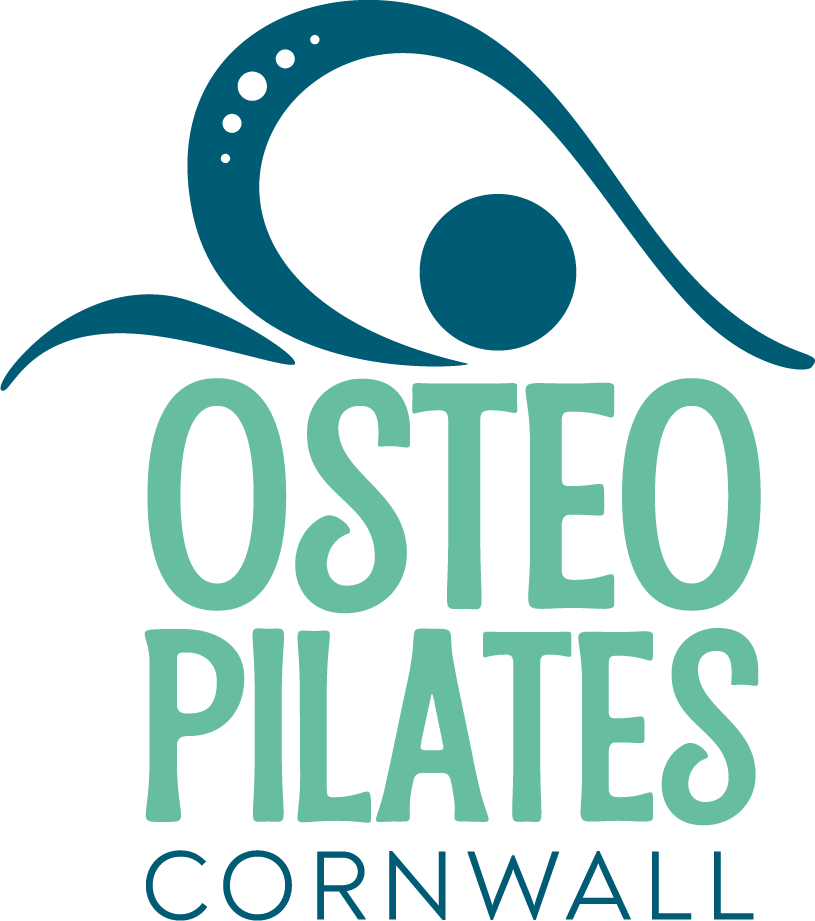Pilates for back pain - can it help?
Back pain is one of the most common reasons people seek help from me both in my role as an Osteopath, Pilates Teacher and Personal Trainer.
While Pilates is often recommended, it’s important to understand that it is not the best form of exercise for back pain. However, under the right circumstances, it can offer significant benefits.
Surprised to hear a Pilates Teacher say this?
Read on.
Why Pilates Isn’t a One-Size-Fits-All Solution
Pilates focuses on controlled movements, low-intensity exercise, Mind-Body connection, and postural awareness. While these elements are valuable, research shows that no single exercise approach universally resolves back pain (Qaseem et al., 2017).
People are unique - Factors such as the type of back pain, its severity, underlying conditions, and individual movement patterns determine which exercise is most effective.
How Pilates Could Help Back Pain
When tailored appropriately, Pilates could improve:
Postural awareness: Pilates encourages mindfulness of alignment, helping to correct habits that may exacerbate pain.
Flexibility and mobility: Gentle stretching and controlled spinal movements can relieve tension and improve movement patterns.
Mind–body connection: Pilates promotes a better sense of body awareness, helping people move more efficiently and confidently, which may reduce fear of movement often associated with back pain.
When Pilates Is Most Effective
Pilates tends to work best for back pain when:
Exercises are adapted to the individual’s specific condition.
Combined with other forms of exercise including cardiovascular training, strength training.
A person is looking after their overall health and wellbeing - mental health, sleep, nutrition, hydration, movement, activity, stress-levels…
The goal is to aid function, awareness, and gradual strength rather than quick fixes.
It is not recommended as a primary treatment for acute or severe back pain without assessment from a qualified professional such as an Osteopath.
Combining Pilates With Other Interventions
Pilates is most effective as part of a broader rehabilitation or management programme. This may include manual therapy, targeted strength and mobility exercises, education, and lifestyle adjustments. Combining these approaches addresses both symptoms and underlying causes, optimising recovery and reducing the risk of recurrence.
Conclusion
Pilates is not a universal cure for back pain nor is it “the best” form of exercise for back pain but when delivered thoughtfully, it can play a supportive role. Its focus on movement, education, mobility, flexibility, and mindful movement makes it a useful tool for people seeking to regain function, improve confidence in movement, and complement professional rehabilitation.
References
Qaseem A, et al. (2017). Noninvasive treatments for acute, subacute, and chronic low back pain: A clinical practice guideline from the American College of Physicians. Annals of Internal Medicine, 166(7), 514–530.
